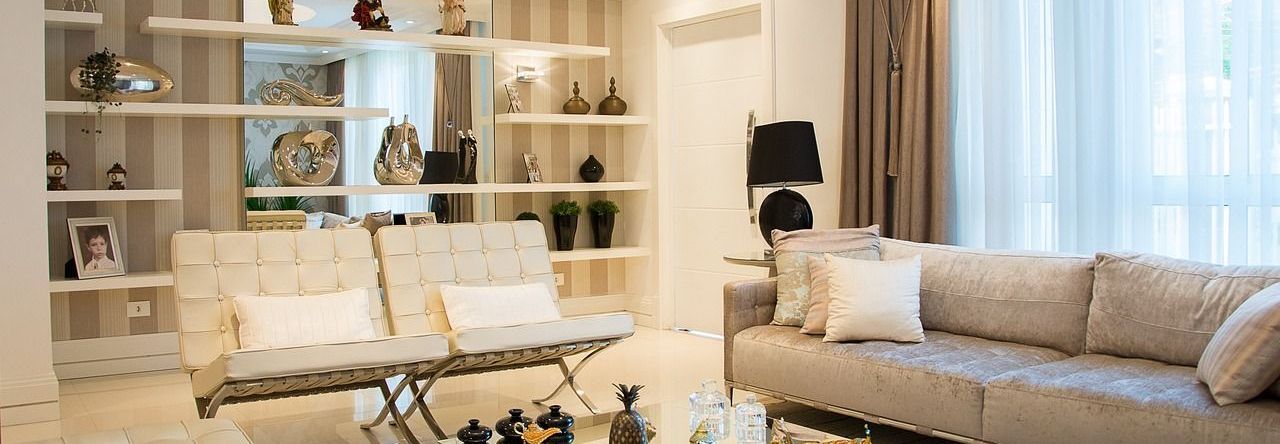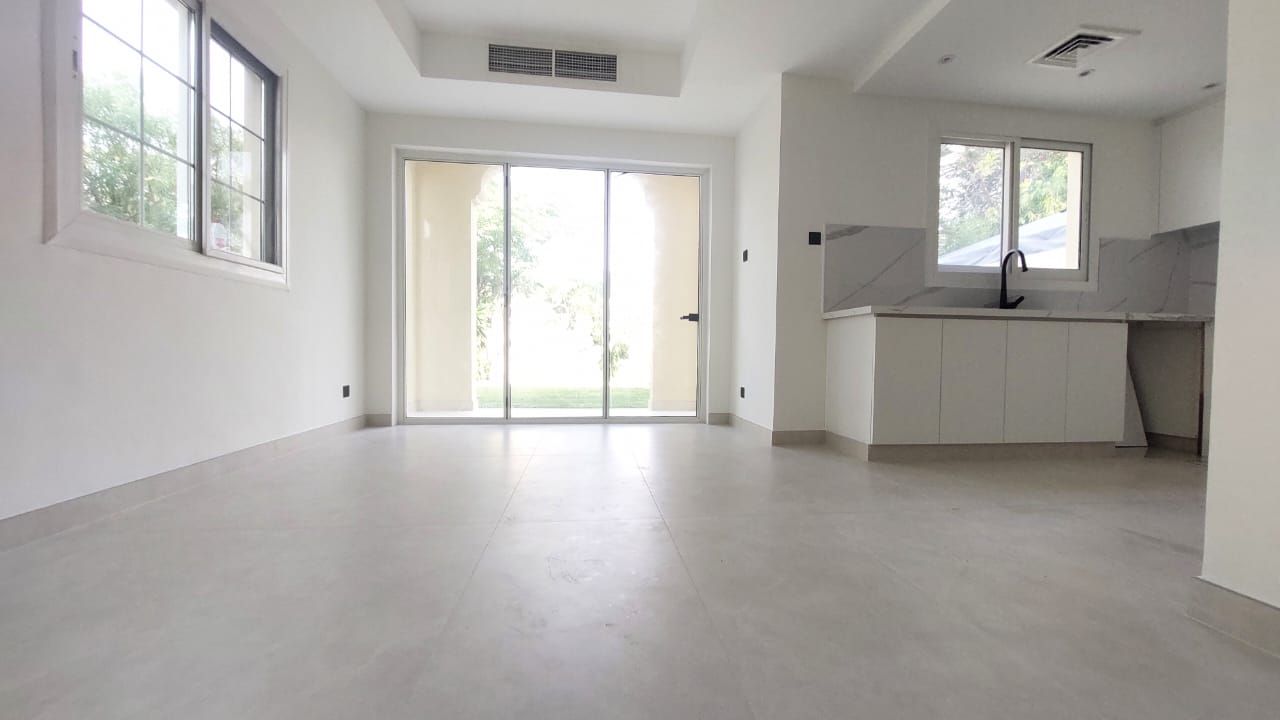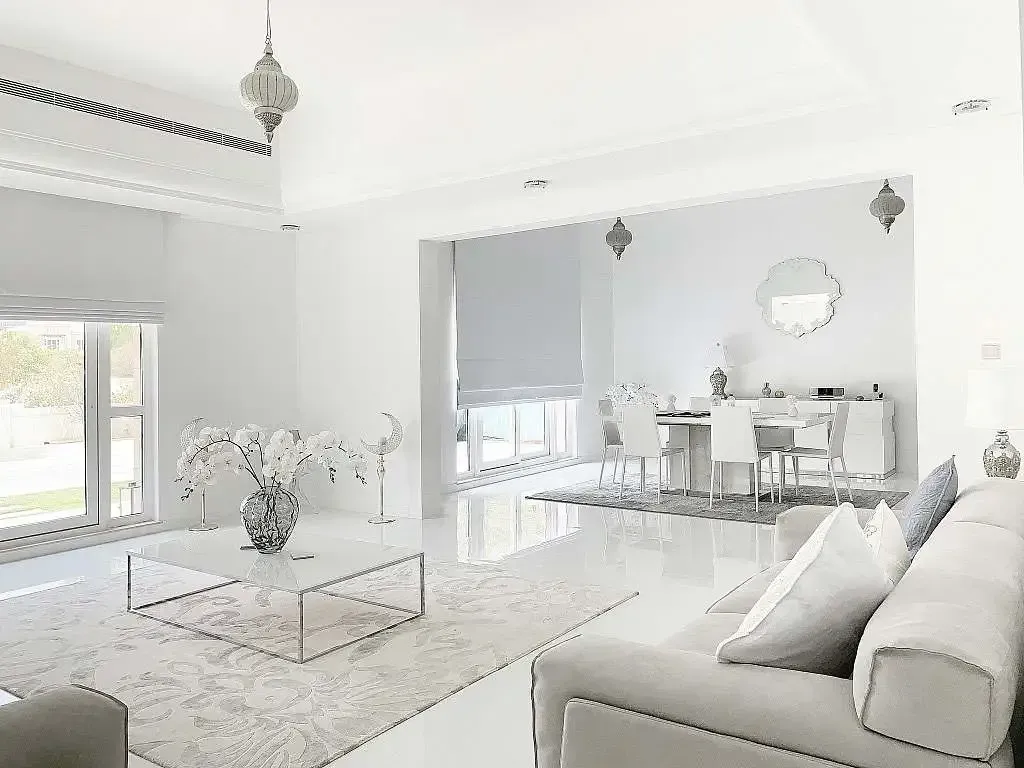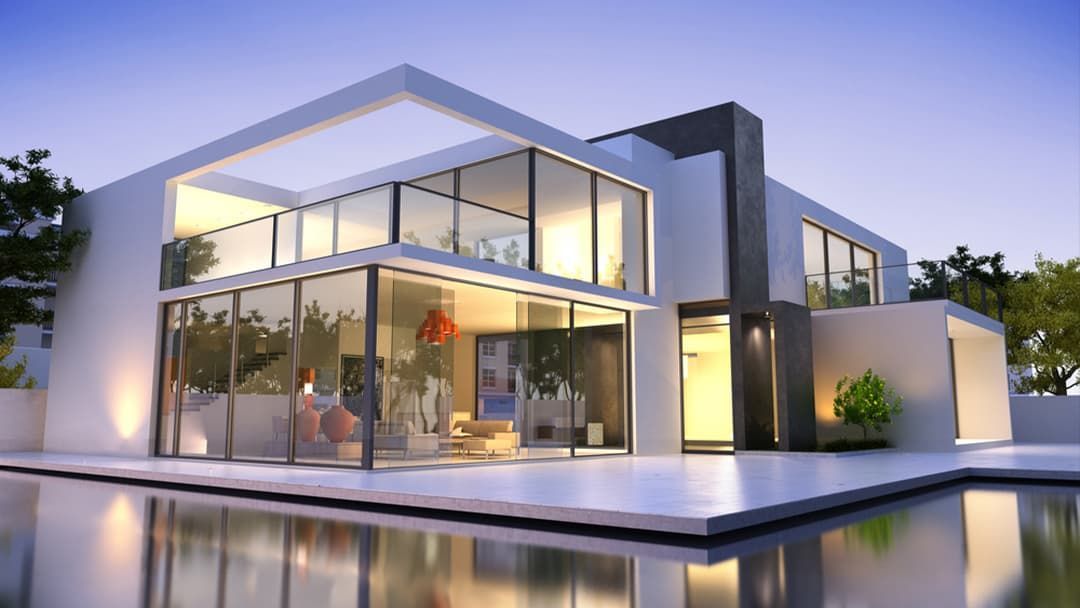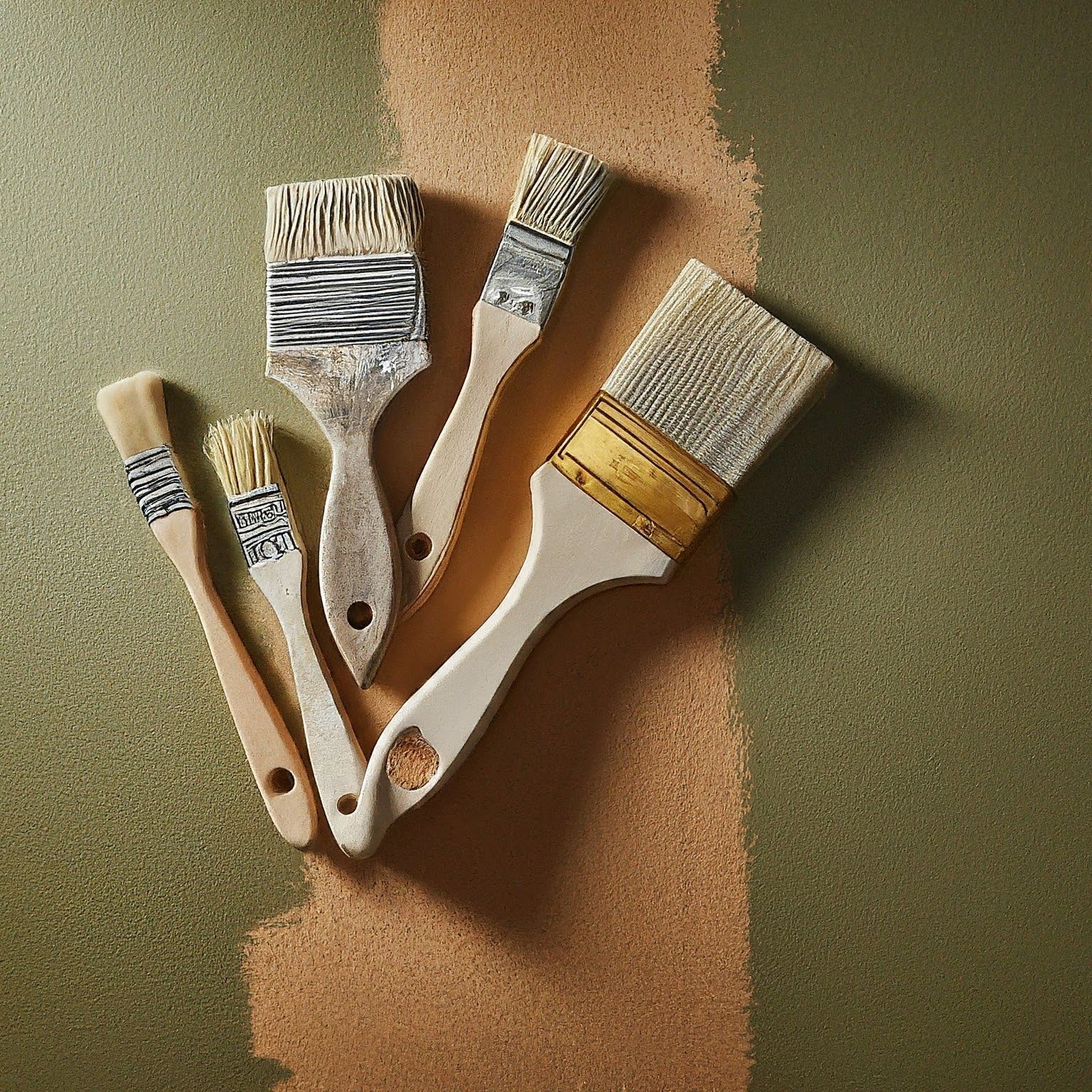How to Pick the Right Paint Color for Any Room In Floreat Perth
How to Pick the Right Paint Color for Any House Exterior Floreat Perth
Choosing the right paint color for a room can greatly influence the overall ambiance and aesthetics of your living space. In Floreat Perth where stunning landscapes and vibrant city life converge to selecting the perfect paint color is essential to create a harmonious and inviting environment. In this post we will guide you through the process of picking the right paint color for any room in Floreat Perth to ensuring that your interior design visions come to life.
Consider the Room's Purpose
The first step in choosing the right paint color is to consider the room's purpose and function. Different colors evoke various emotions and moods to making it essential to align the color with the room's intended use.
Living Room:
Opt for warm and inviting colors like soft neutrals, warm beige or shades of green or blue to create a cozy and relaxing atmosphere for socializing and entertaining.
Bedroom:
For a tranquil and serene bedroom consider calming colors such as light blues, soft greens or soothing lavender.
Kitchen:
Bright and airy colors like whites, creams and light yellows can make the kitchen feel open and welcoming to perfect for cooking and gatherings.
Home Office:
Choose colors that promote focus and productivity such as light grays, muted blues or earthy tones.
Take Lighting Into Account
Natural and artificial lighting can significantly impact how paint colors appear in a room. Floreat Perth's abundant natural sunlight can make colors look more intense during the day. While artificial lighting can alter their appearance at night.
North-Facing Rooms:
Cooler colors like light blues and greens can balance the abundance of natural light and prevent the room from feeling too warm.
South-Facing Rooms:
Warmer colors like yellows and oranges can add warmth to rooms with less natural light.
East-Facing Rooms:
Lighter shades work well in east-facing rooms to create a bright and welcoming ambiance in the morning.
West-Facing Rooms:
Consider cooler shades to counteract the intense afternoon sunlight and maintain a comfortable environment.
Harmonize With Existing Elements
To achieve a cohesive looks consider the existing elements in the rooms such as furniture, flooring and decor. Look for paint colors that complement or harmonize with these elements.
Neutral Furnishings:
If your furniture and decor are predominantly neutral, you have the freedom to explore a wider range of paint colors. Cool grays, warm beiges, and soft whites are versatile choices.
Bold Furnishings:
For rooms with vibrant or bold furnishings consider neutral paint colors to create a balanced backdrop that allows the furniture to shine.
Wooden Floors:
Rich warm paint colors can complement the natural beauty of wooden floors creating a cozy and inviting space.
Test the Colors
Before committing to a paint color, it's crucial to test it in the actual space. Paint sample patches on different walls and observe how the color looks during different times of the day. Assess how the color interacts with the room's lighting and existing elements to ensure it meets your vision.
Seek Professional Advice
If you're still unsure about choosing the right paint color or want expert guidance consider consulting with a professional interior designer or a color consultant. They can offer valuable insights and suggestions tailored to your specific preferences and the room's requirements.
Conclusion
Picking the right paint color for any room in Floreat Perth is a process that requires thoughtful consideration. By aligning the color with the room's purpose taking lighting and existing elements into account testing the colors and seeking professional advice if needed you can create a harmonious and visually pleasing living space that reflects your unique style and personality.
Whether you're aiming for a serene bedroom a welcoming living room or a productive home office the perfect paint color can transform your room into a haven of comfort and beauty in the picturesque city of Floreat Perth.
FAQs
Question 1. What factors should I consider when choosing a color for my house exterior?
Answer : When choosing a color for your house exterior several factors come into play. Consider the architectural style of your home the neighborhood's overall aesthetic and any existing colors or materials on the exterior. Take into account the climate and surroundings as well. Lighter colors tend to reflect heat while darker colors may absorb more heat. Also, think about personal preferences as the color choice should reflect your taste and personality.
Question 2. Are there any color combinations that work well together for a visually appealing exterior?
Answer : Certainly! Many color combinations can create a visually appealing house exterior. A classic option is to use a monochromatic scheme incorporating different shades of a single color. Complementary colors located opposite each other on the color wheel (e.g. blue and orange) can create a striking contrast. Analogous colors which are adjacent on the color wheel (e.g., green and yellow), offer a harmonious and serene look. Additionally neutral colors paired with a pop of a bolder hue can add visual interest to the overall appearance.
Question 3. How can I ensure the chosen colors complement the architectural style of my house?
Answer : To ensure the colors complement your house's architectural style consider its historical context and design elements. Research the traditional color palettes used for your home's architectural style and era. For instance Victorian homes might suit vibrant colors while Craftsman-style houses may look best with earthy and muted tones. If you're uncertain, consult with a professional color consultant or an architect who can guide you in making the best choice that aligns with your house's design.
Question 4. Should I take the color of my surroundings into account when selecting a house color?
Answer : Yes, taking the color of your surroundings into account is essential. The house should harmonize with the natural landscape and the neighbouring buildings. If you have lush greenery around consider earthy or neutral tones that blend well with the environment. On the other hand if your house is situated in a more urban setting you may opt for modern and bold colors to stand out. Striking the right balance between standing out and fitting in with the surroundings is key to a pleasing aesthetic.
Question 5. How do I test the selected colors before painting the entire house?
Answer : Testing the selected colors before painting the entire house is highly recommended. Many paint suppliers offer small sample pots of paint that you can apply to a discreet section of the house's exterior. Observe how the colors look under different lighting conditions such as natural daylight and artificial evening light. Take your time to assess how the colors interact with the existing architectural elements and the landscape. This process allows you to make any necessary adjustments and ensures you are confident in your color choices before proceeding with the full painting project.
Here you can read some our other Blogs
Commercial Painting Perth: Enhancing Businesses with Professional and Vibrant Paintwork
When Is the Best Time to House Paint in Nedlands Perth?

